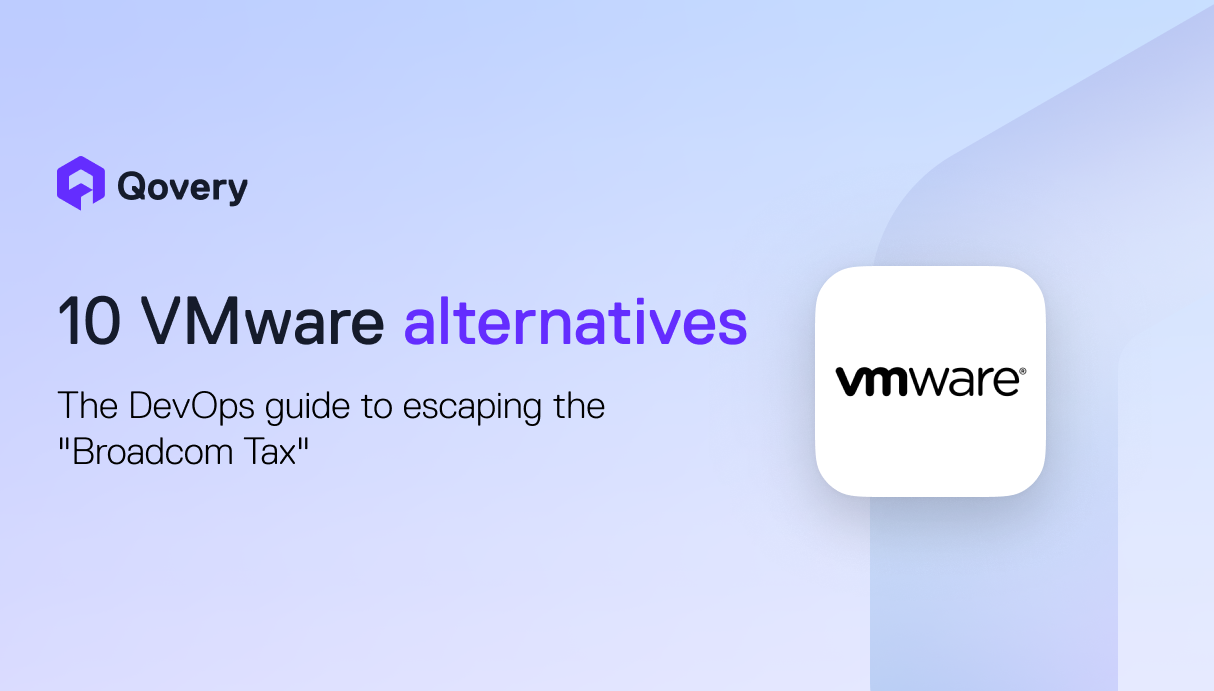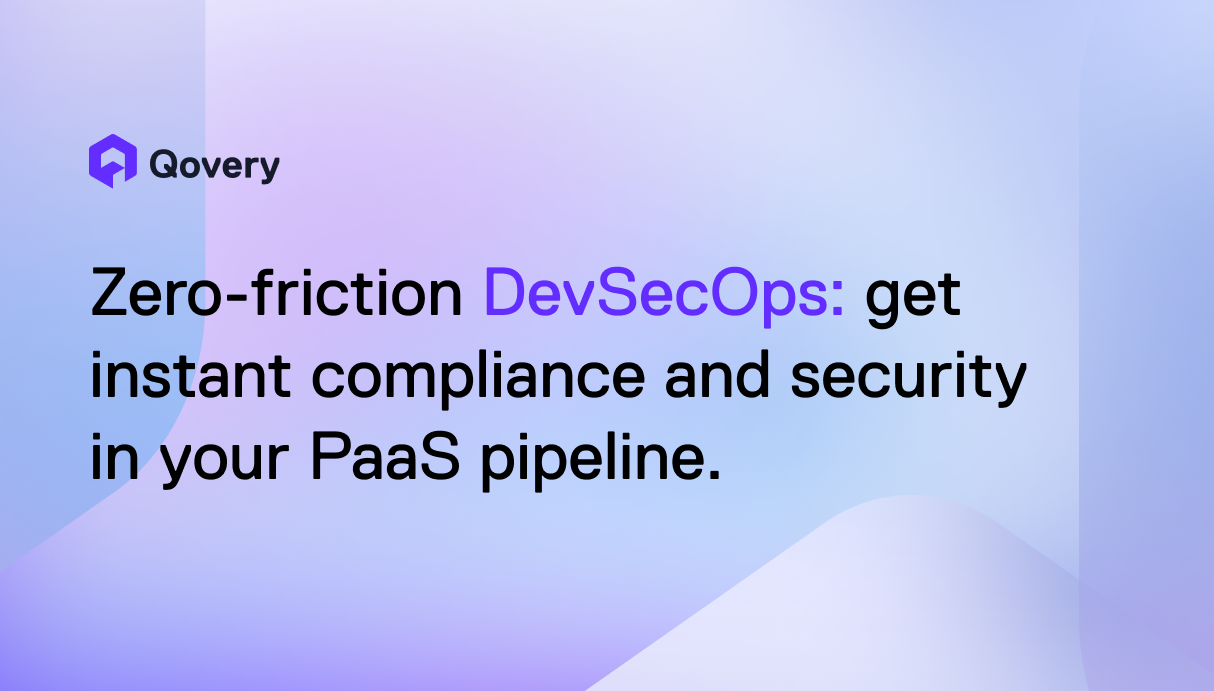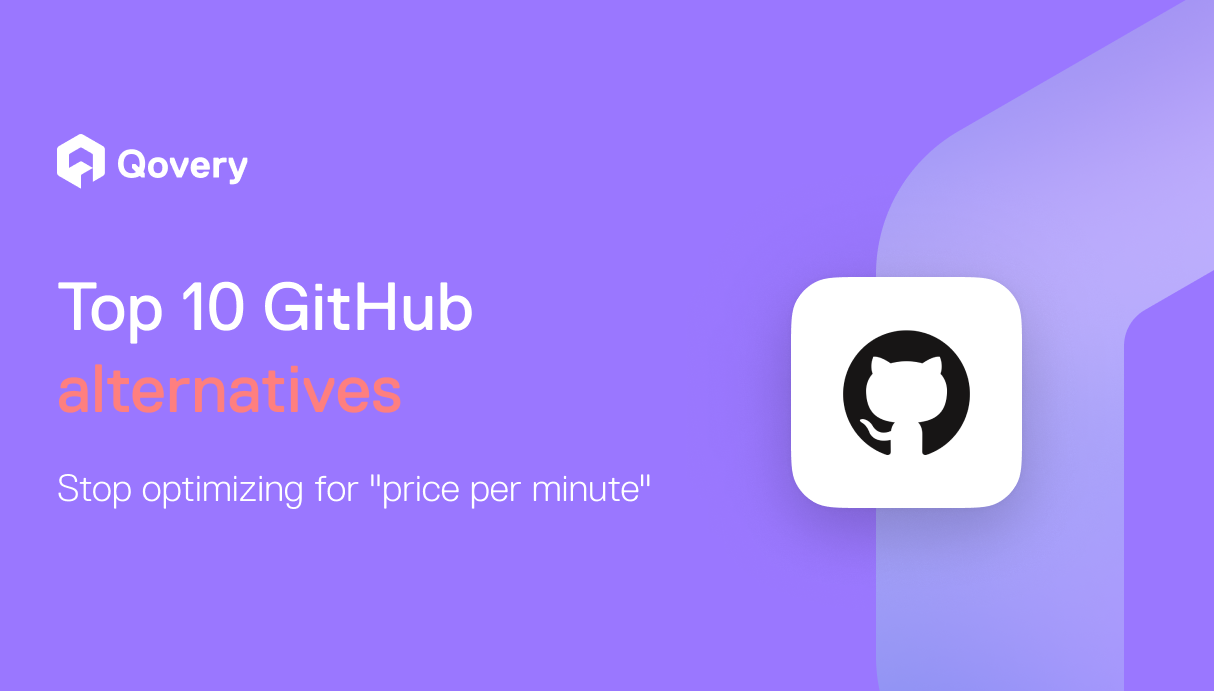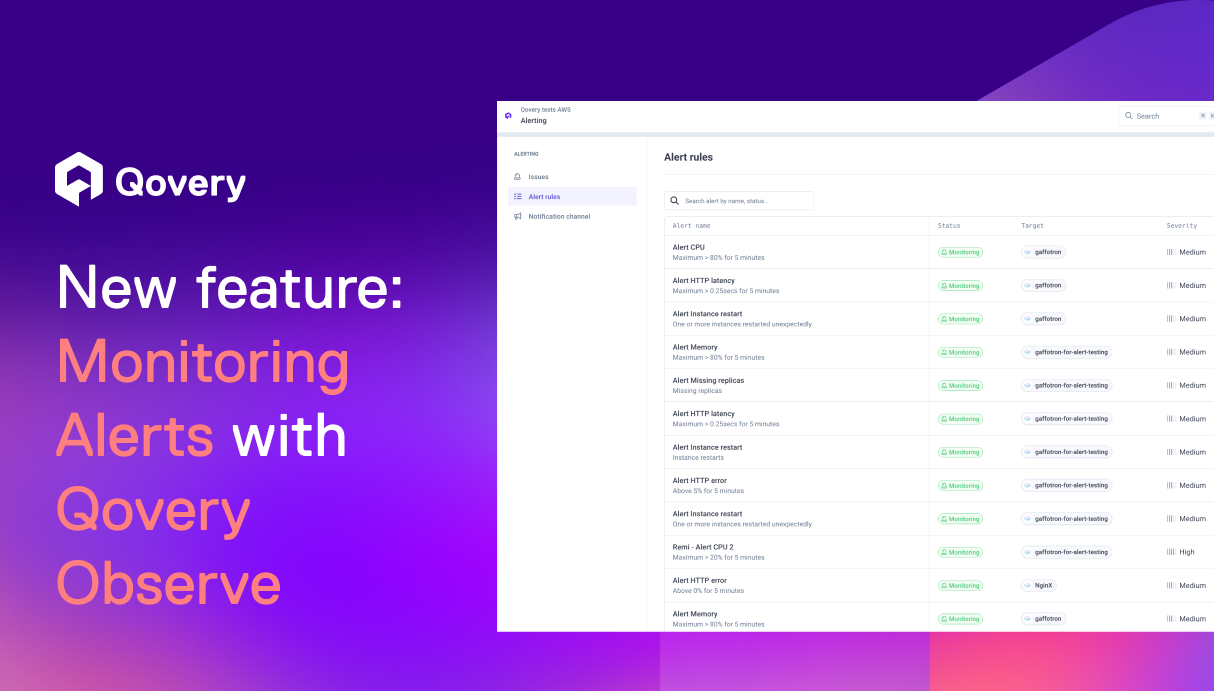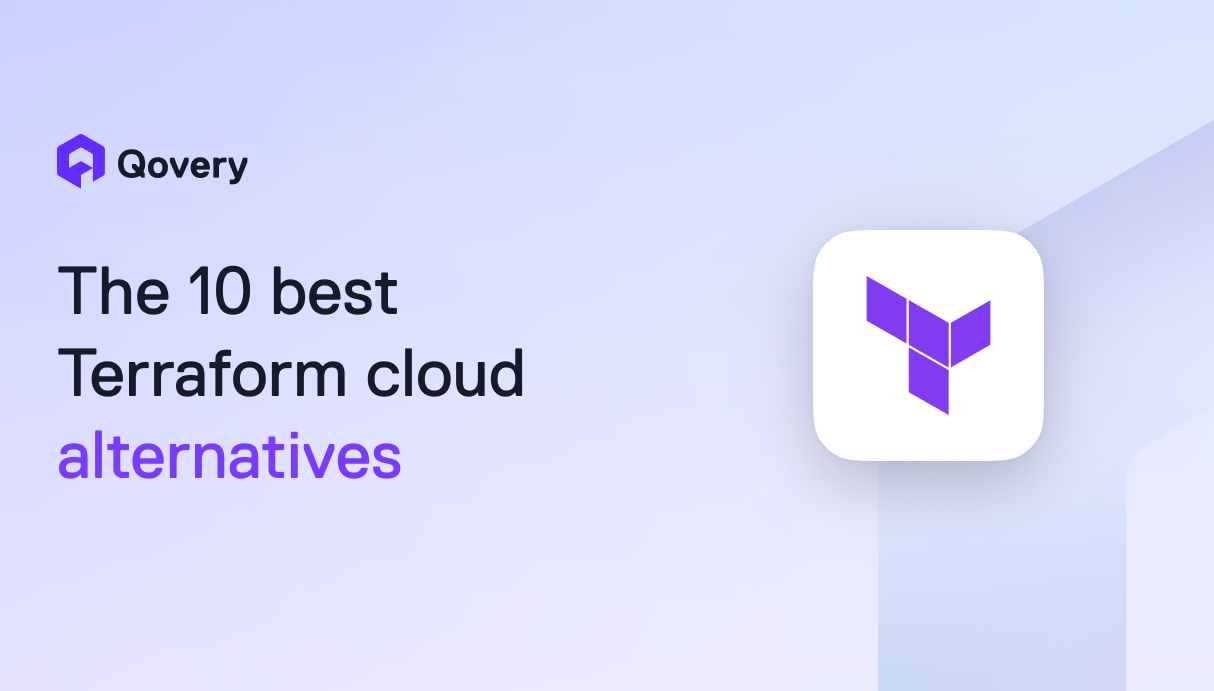
Efficiently Upgrading Infrastructure with Qovery: Syment's Success Story



Syment Introduction
Syment is a leading SAAS platform that specializes in providing advanced solutions for property management, specifically catering to syndicates in France. The company, founded five years ago, has recently undergone a significant overhaul and has been acquired by a new direction. Four months ago, Florent joined as the CTO of the company. With his extensive experience in a wide range of industries, such as the Fintech industry and as an ex-core team member of Happn where he became an expert in scalability and high-traffic platforms, Florent brings a wealth of knowledge and expertise to Syment. The platform offers a comprehensive suite of tools that streamline property management tasks, such as managing residence lots, preparing and sending meeting invitations, conducting online general assembly meetings, and generating and distributing meeting minutes automatically.
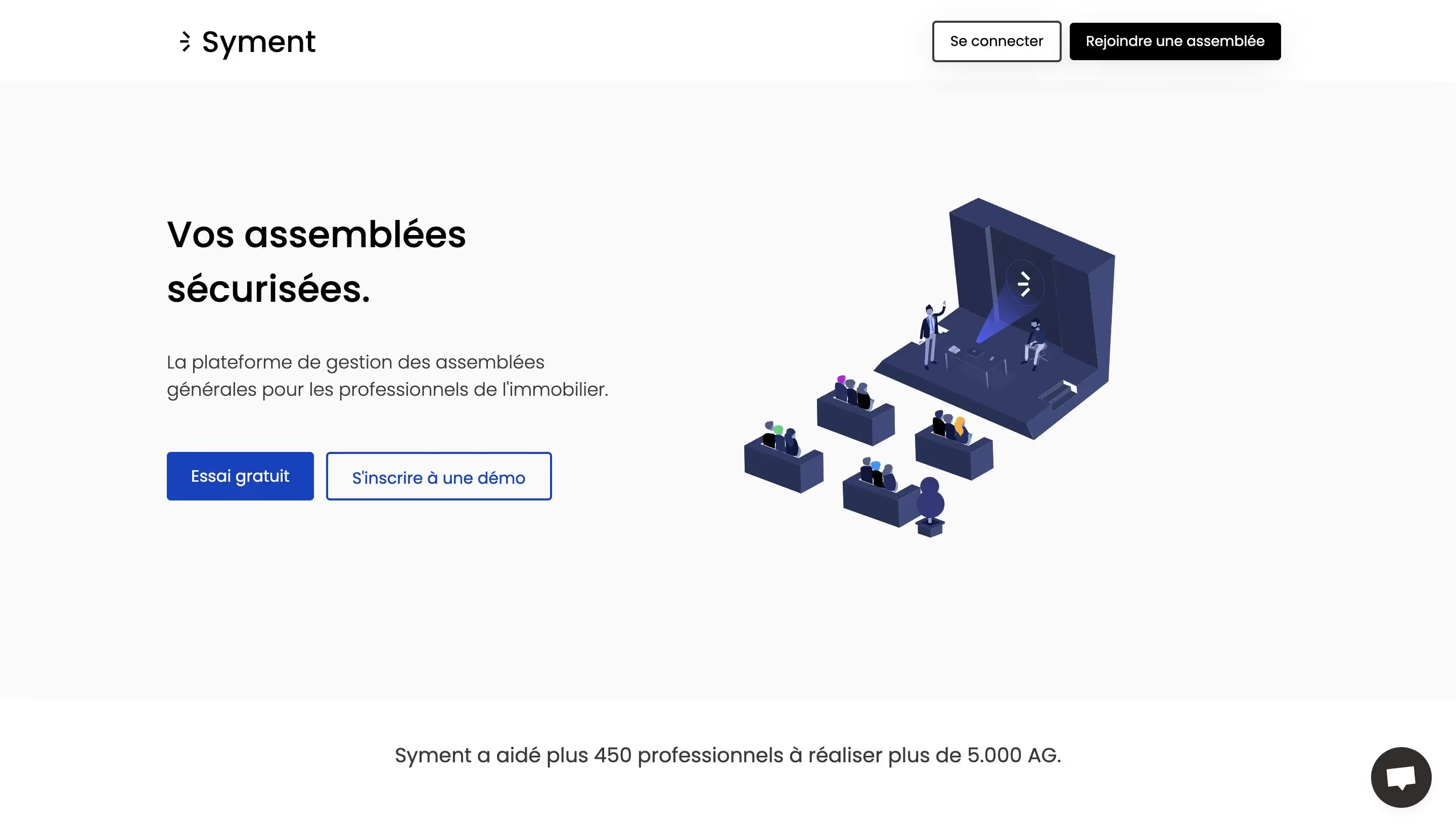
Learn How Qovery Helped Syment with Automation and Autoscaling
At Qovery, we believe in the power of automation and autoscaling when streamlining infrastructure operations. That's why when Syment came to us looking for a solution to help them achieve just that, we were more than ready to step up to the challenge. In this article, we'll take you through how Syment found the need for automation and autoscaling and how they ended up choosing Qovery to help them out.
Manuals Beginnings Bringing Downtime
When Florent joined the team, the existing infrastructure in place was a mix of manual deployment and Ansible automation on AWS's EC2 instances, with Docker Compose being used in production. However, this setup presented several challenges, particularly in terms of deployment. The team had to exercise extreme caution to prevent service interruptions, which despite their efforts, still occurred each time a deployment was made. This resulted in deployment windows being limited to early morning or late night to minimize user impact. There was also a lack of visibility into the infrastructure, applications, and servers, making it difficult to maintain and troubleshoot issues.
The dispersion of applications across multiple servers wasn’t optimal, well. Overall, the system was working, but it was not going to be scalable for their growth objectives for 2023, and it was not optimal for cost control.
Performance limitations with ECS
Florent had a solid understanding of Elastic Container Services (ECS), a container orchestration service provided by Amazon Web Services (AWS). While it was functional, he recognized that it had some limits, particularly in terms of scalability and flexibility. For example, ECS does not natively support some of the more advanced features of Kubernetes, such as automatic self-healing and horizontal scaling.
Qovery: The Perfect Solution for Autoscaling and Automatisation
After ECS was ruled out, Florent was eager to explore alternative solutions such as Kubernetes to overcome these shortcomings, but he knew that setting up Kubernetes would take time.
He was also aiming to implement automation in their deployment pipeline to gain more speed and efficiency.
When he stumbled across Qovery, he decided to give it a go, curious to see how the product had evolved and if it could meet his needs. He soon realized that Qovery offered a user-friendly interface that would allow them to use Kubernetes more efficiently and provide the flexibility to switch between public and private databases depending on the requirements.
After evaluating Qovery once again and receiving approval from the rest of the team, the migration process could begin. The IT team at Syment had seven members, and the task of migrating to Qovery was primarily handled by Florent. The entire migration process took around a month, but the majority of the work was actually preparing their Docker images and performing refactoring on their API before the migration. Once all the necessary preparations were made, it only took less than two weeks to set up the environments via the Qovery web interface and test. Syment now has three environments: Production, Staging, and Development. The team took a week to thoroughly test and ensure that everything was functioning properly and that there was no downtime.
Key Results after several months of using Qovery
No More Disruptions
After using Qovery for a few months, the team at Syment has experienced several benefits from the platform's features. One of the significant issues that the team faced before using Qovery was downtime during deployments. With Qovery, the team can now deploy their applications with minimal disruption to their users, thanks to Qovery's ability to handle deployments in a rolling update fashion.
Deployment Time Reduced by Half
Additionally, the team has adopted container deployment, which has significantly improved the deployment speed of their three applications from around 10 minutes to about 5 minutes. This is achieved through Qovery's autoscaling feature that automatically provision or scale the number of machines needed to handle the workload, providing efficient and cost-effective control over the cluster.
Kubernetes Self-Healing From the Settings
The platform's built-in autoscaling feature also played a crucial role in ensuring no downtime. In the past, if one container went down, the team would experience downtime while a new container was started up. Now, with Qovery's autoscaling, when a container goes down, the load balancer detects this and seamlessly switches traffic to the working container, ensuring a smooth experience for the end user and Kubernetes will kill the container that is down and start a new one that is working.
Safer and Faster Releases for a Growing Team
Florent is now planning to have more people on the team use Qovery, including developers, this way; they can test their features in a production-like environment without needing anyone to provide an environment for them, and they will activate the Preview Environments for that.
Significant Cloud Costs Savings
The icing on the cake, Syment is also saving around $400-500 per month using Qovery and plans to save even more with our partnership with Usage.ai.
Bonus: Roadmap Visibility and Support
Florent is also happy about the public roadmap, which allows him to plan for future features, and the forum, which has been a great source of information and assistance.
What’s Next for Syment
Syment has ambitious goals for 2023; they plan to significantly improve their online document editing platform, focusing on enhancing the user experience. In addition, they aim to develop a new solution that allows for easy retrieval of data related to water, gas, and electricity consumption in residential properties - information crucial for property managers. They also want to increase automation, enabling property managers to handle their finances without requiring manual data entry. Finally, Syment plans to revamp its dashboard, adding reminders for tasks such as document uploads ahead of online general assembly meetings. These improvements will increase production efficiency for property managers and improve the experience for buyers and renters. Property managers will have more time to focus on ensuring their satisfaction because they won’t need to do that much paperwork. To achieve these goals, Syment is currently recruiting both backend and frontend developers in France, with the flexibility to work remotely. The tech stack includes React, Redux, Typescript, and React Query for the Frontend and PHP and Symfony for the Backend. If you're interested in joining the team, contact Florent via email.

Suggested articles
.webp)



.svg)
.svg)
.svg)
